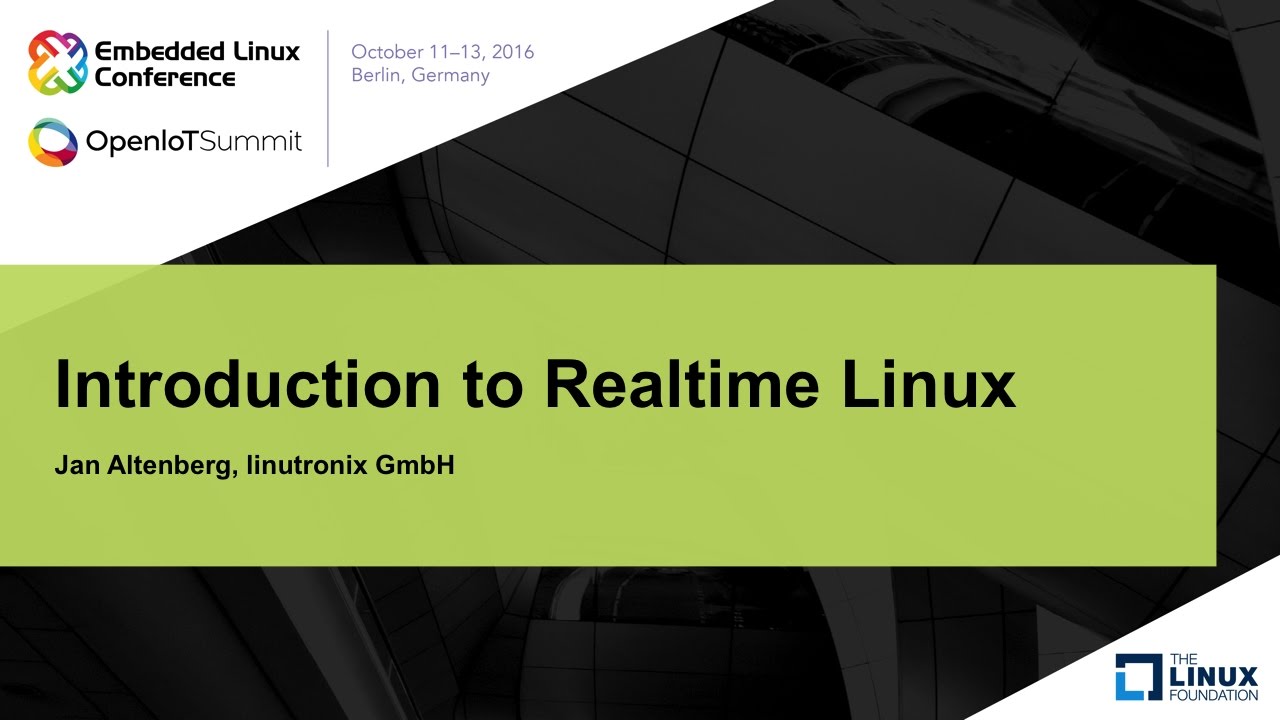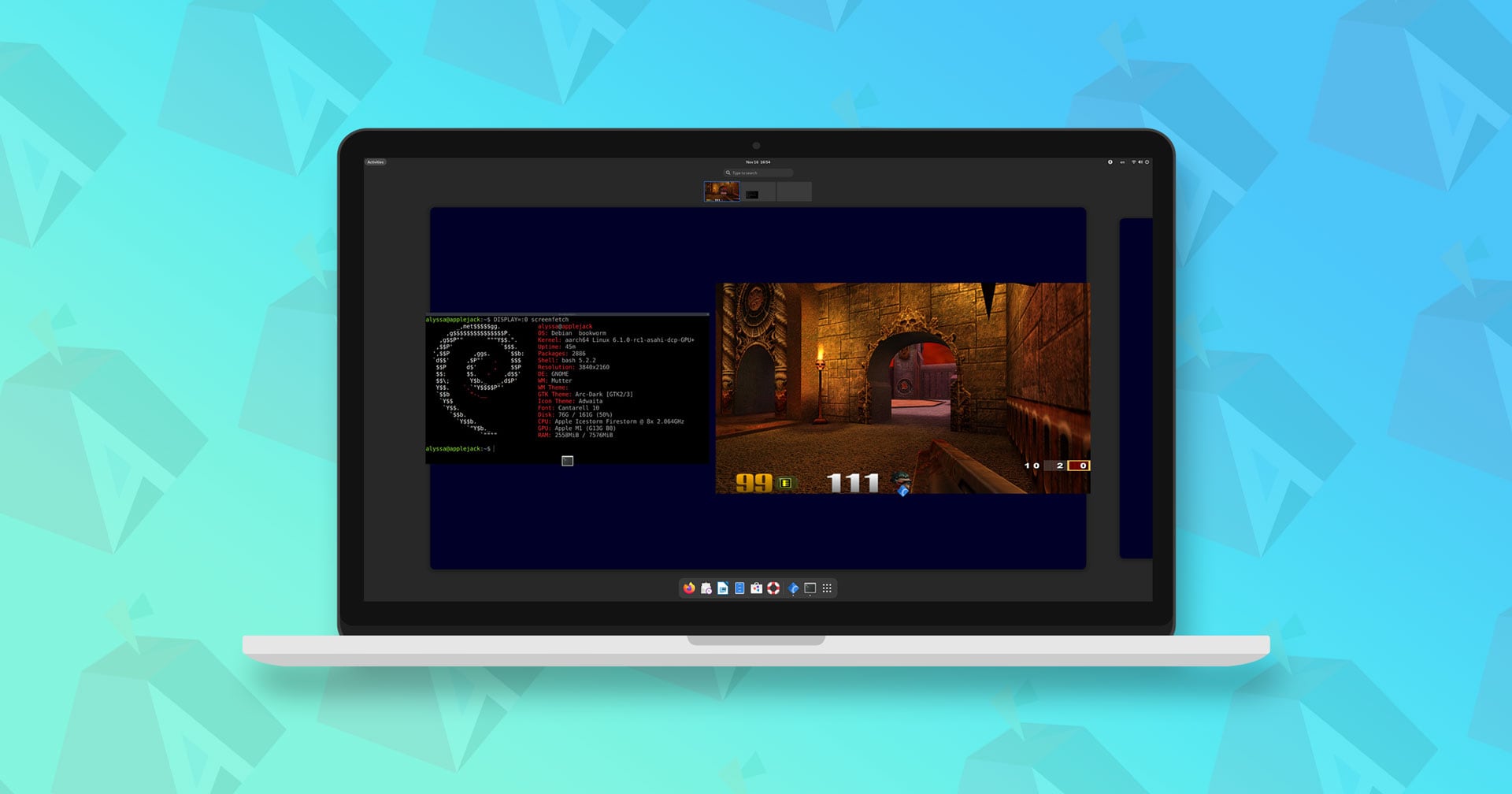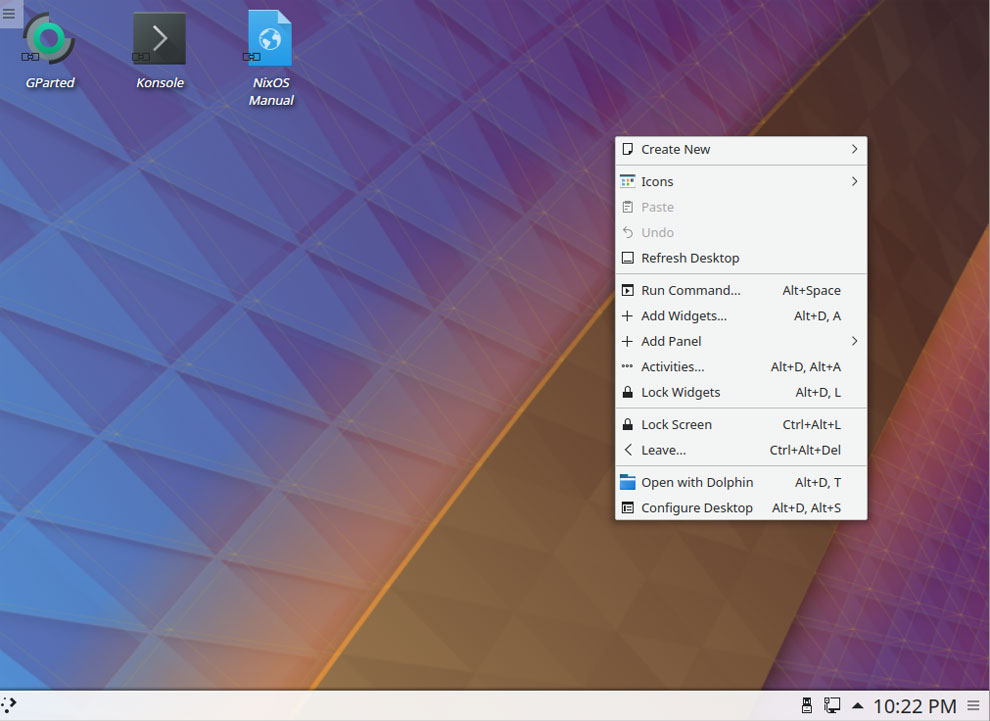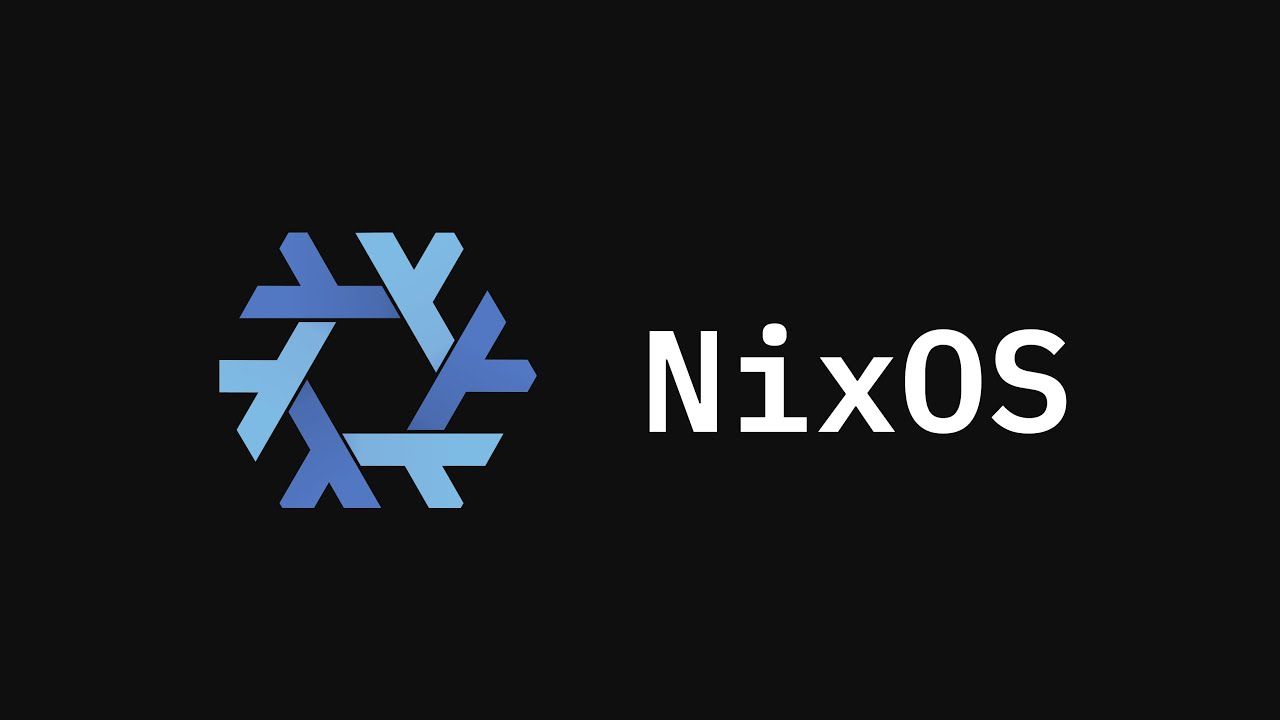
Real-Time Linux: A Major Leap Forward in Efficiency
After years of passionate debates and technical hurdles, real-time Linux has finally been integrated into the kernel, making an auspicious debut for developers and tech enthusiasts alike. This integration signifies not just a milestone for the Linux Foundation but also a victory for those who have long desired to run systems requiring real-time processing capabilities, such as space lasers or complex audio production setups.
A Long-Awaited Decision
The journey towards integrating real-time functionalities into Linux has been tumultuous, with countless discussions revolving around the need and feasibility of such a feature. For many years, developers relied on specialized patches to achieve real-time performance, making transitions cumbersome and less efficient. The official inclusion into the kernel now means that users can expect improved responsiveness and stability without extra tweaks.
 The future of real-time processing in Linux
The future of real-time processing in Linux
The importance of this integration cannot be overstated. Real-time capabilities are critical for various applications, from scientific simulations to the precision needed in industries like automotive and aerospace. Now developers can leverage these capabilities directly within the mainline kernel.
The Rust Transition: Leadership Changes
In related news, the Rust development lead announced his departure from the project, citing frustrations with “nontechnical nonsense” that have increasingly plagued the community. As Linux continues to navigate the waters of multiple programming languages, the longevity and stability of C within the kernel remain a pertinent question. The challenge persists: how long can C sustain its dominance in a landscape that is gradually welcoming languages like Rust?
Linus’s Take on Language Inclusion
Linus Torvalds has often voiced skepticism about introducing memory-managed languages into the kernel environment. In a recent statement, he reflected on the complexities that come with integrating Rust, a language designed for safety and concurrency. “Memory managed languages? In my kernel?” he quipped, highlighting the lengthy discourse still to come regarding the kernel’s architecture and language choices.
The Apple Silicon Debate Continues
While real-time Linux makes waves, the community’s enthusiasm over compatibility with Apple’s M1 hardware remains restrained. Though there have been leaps towards compatibility with Apple silicon, full-fledged support is still an impending reality. Users are advised to remain patient. As Linus stated, “give it time”—a sentiment that rings true across the technological spectrum.
 Bridging the gap between Linux and Apple silicon
Bridging the gap between Linux and Apple silicon
Linux 6.0: What’s New?
The recent release of Linux 6.0 has not been without its novelties. Not only does it offer support for newer processor architectures, such as RISC-V and Gaudi2, but it also includes numerous core fixes that address previous shortcomings. Featuring major updates from Intel and AMD, this version cements Linux’s stance as a flexible and powerful alternative across diverse hardware ecosystems.
Developers have cited accelerating interest in these newer technologies, noting that the Linux community has seen a surge of contributions and patches—now more than ever. With the promise of faster updates and better performance, it’s clear the tide has turned in favor of a burgeoning development cycle.
Concluding Thoughts
The merging of real-time Linux into the main kernel opens a myriad of opportunities for innovation. As developers gear up to exploit these enhancements, the road ahead remains packed with exciting developments. With Rust’s ongoing integration into Linux still at the forefront of discussions and potential changes on the horizon, one can only speculate about the groundbreaking applications that will emerge from this technological ecosystem.
Overall, the Linux Foundation stands resilient in adapting to the ever-evolving requirements of technology and the developers who push its boundaries. As we look forward, one must ponder: How will real-time capabilities shape the future of Linux? Only time will tell, but the integration has set the stage for a remarkable era of technological advancement.
Anticipating the next big leap in Linux development















